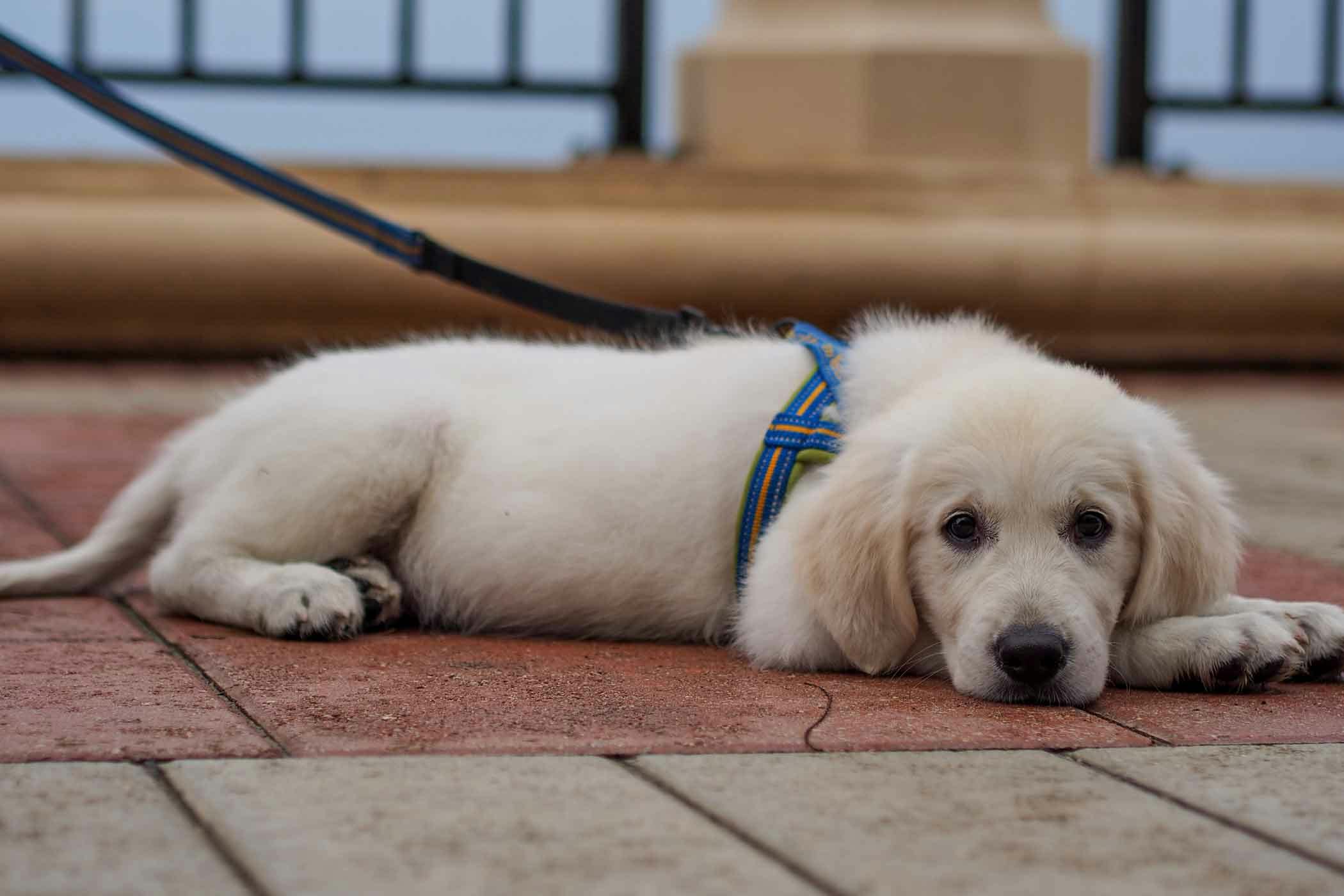Introduction: Welcoming a New Member to the Family
Bringing home a new puppy is an exciting and joyful experience. From their boundless energy to their irresistible puppy eyes, puppies have a way of melting hearts and bringing endless smiles. However, along with the joy of puppy parenthood comes the responsibility of training and nurturing your furry friend. One essential aspect of puppy training is leash training, which not only teaches your pup to walk politely on a leash but also ensures their safety and strengthens the bond between you. In this comprehensive guide, we’ll explore when and how to start leash training your precious pup for a lifetime of enjoyable walks and adventures.
Understanding Your Puppy’s Development: The Importance of Timing
Before diving into leash training, it’s crucial to understand your puppy’s development and readiness for training. Puppies go through various developmental stages, each with its own challenges and milestones. While it’s tempting to start leash training as soon as you bring your puppy home, it’s essential to wait until they are physically and mentally ready to learn. Generally, puppies can begin leash training around 8 to 12 weeks of age when they have had their initial vaccinations and have developed sufficient coordination and bladder control. However, every puppy is unique, so it’s essential to observe your pup’s behavior and consult with your veterinarian before starting any training regimen.

Building Positive Associations: Introducing Your Puppy to the Leash
The first step in leash training is to introduce your puppy to the leash in a positive and gentle manner. Begin by allowing your puppy to sniff and explore the leash while offering treats and praise to create positive associations. Once your puppy is comfortable with the leash, attach it to their collar or harness for short periods while supervised indoors. Use treats and encouragement to reward your puppy for wearing the leash without pulling or resisting. Gradually increase the duration of leash-wearing sessions to help your puppy acclimate to the sensation and build confidence.
Mastering the Basics: Teaching Loose-Leash Walking
Once your puppy is comfortable wearing the leash, it’s time to start teaching the basics of loose-leash walking. Begin in a quiet, distraction-free environment such as your backyard or a quiet street. Hold the leash loosely and encourage your puppy to walk beside you using verbal cues and gentle guidance. Whenever your puppy walks calmly by your side without pulling, reward them with treats and praise to reinforce the desired behavior. If your puppy starts to pull on the leash, stop walking and wait for them to relax before continuing. Consistency and patience are key during this stage of training.

Exploring the Great Outdoors: Gradual Exposure to Different Environments
As your puppy becomes more comfortable with loose-leash walking, gradually expose them to different environments and distractions to reinforce their training. Start with short walks in familiar surroundings, then gradually introduce new sights, sounds, and smells to challenge your puppy’s focus and obedience. Use treats and praise to reward your puppy for maintaining loose-leash walking behavior, even in the face of distractions. Remember to keep training sessions short and enjoyable to prevent your puppy from becoming overwhelmed or frustrated.
Troubleshooting Common Challenges: Addressing Pulling and Distractions
Leash training is not without its challenges, and many puppies may struggle with pulling on the leash or becoming distracted during walks. If your puppy pulls on the leash, avoid yanking or pulling back, as this can create tension and reinforce the behavior. Instead, stop walking and wait for your puppy to calm down before continuing. You can also try changing direction or using a gentle no-pull harness to discourage pulling behavior. For distractions such as other dogs or passing cars, practice redirecting your puppy’s attention back to you using treats and engaging toys.

Continuing the Journey: Nurturing Your Puppy’s Growth
As you embark on the journey of puppy parenthood, remember that leash training is just one piece of the puzzle in nurturing your puppy’s growth and development. Beyond mastering the art of loose-leash walking, there are many other aspects of puppy care and training to explore to ensure your furry friend grows into a well-rounded and well-behaved companion.
Socialization: Expanding Your Puppy’s Horizons
In addition to leash training, socialization plays a crucial role in shaping your puppy’s behavior and temperament. Exposing your puppy to a variety of people, animals, and environments from a young age helps them develop confidence, resilience, and good manners. Arrange playdates with other friendly dogs, take trips to the dog park, and invite friends and family members to interact with your puppy in a positive and controlled manner. By exposing your puppy to new experiences in a safe and supportive environment, you can help them become a friendly and sociable companion for life.
Basic Obedience: Building a Strong Foundation
Alongside leash training, teaching your puppy basic obedience commands such as “sit,” “stay,” and “come” lays the foundation for good manners and communication. Use positive reinforcement techniques such as treats, praise, and toys to reward your puppy for obeying commands and demonstrating desired behaviors. Keep training sessions short, fun, and engaging to maintain your puppy’s focus and enthusiasm. Consistency and patience are key to building a strong foundation of obedience that will serve your puppy well throughout their life.

Health and Wellness: Prioritizing Your Puppy’s Wellbeing
In addition to training and socialization, prioritizing your puppy’s health and wellness is essential for their overall wellbeing. Schedule regular veterinary check-ups to ensure your puppy is up-to-date on vaccinations, preventive care, and wellness exams. Provide a balanced diet tailored to your puppy’s age, breed, and activity level, and maintain a regular grooming routine to keep them clean, comfortable, and healthy. Establishing good habits early on sets the stage for a lifetime of optimal health and happiness for your beloved companion.

Consistency is Key: Establishing a Lifelong Habit
Leash training is a gradual process that requires patience, consistency, and positive reinforcement. Make leash training a regular part of your puppy’s routine by incorporating short training sessions into your daily walks and outings. Consistency is key to establishing good leash manners and ensuring that your puppy develops into a well-behaved and confident companion. Remember to be patient and celebrate small victories along the way, as each step forward brings you closer to enjoying enjoyable walks and adventures with your precious pup. With dedication and love, you can lay the foundation for a lifetime of happy memories and cherished moments together.










